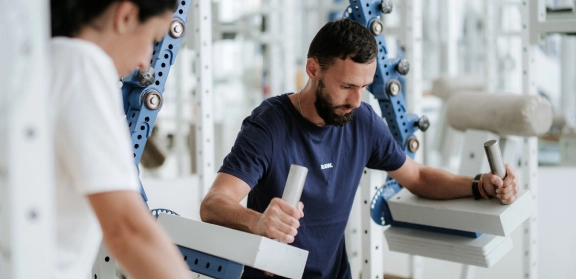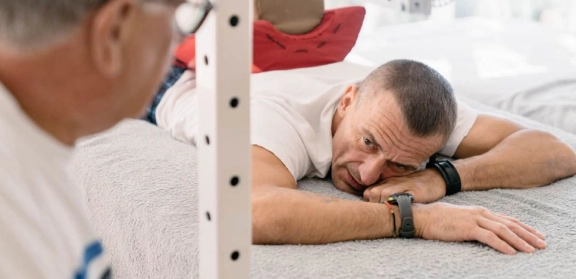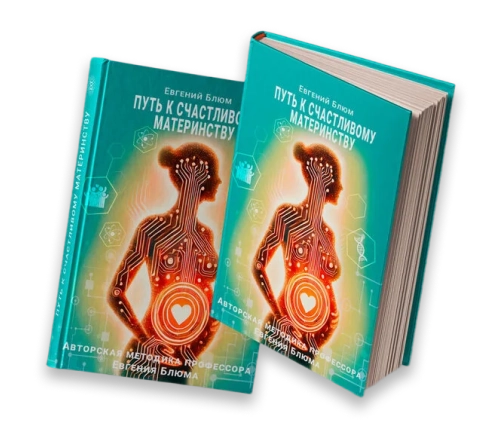Birth Injury Consequences Treatment & Rehabilitation for Children
Our medical strategy
Professor Blum's method allows for early rehabilitation from the youngest age, thanks to the unique capabilities of the proprietary system of techniques and methods.
- Imperative Techniques. These techniques enable the restoration of the child's body without requiring conscious participation from the child. We don’t lose time—we immediately begin stimulating underdeveloped body segments and activate the body’s inherent mechanisms for self-restoration, integration, and differentiation.
- Afferent Pathway Formation. This is a method of restoring and organising processes that were either weak or non-functional. It transitions the body from general motor disarray to purposeful movements and patterns, which in turn initiate processes of mental and emotional development.
- Restoring Muscular-Joint Balance. We create the conditions necessary for intensive growth and development, compensating for deficits in movement and verticalization.
- Strict Ontogenetic Sequencing of Motor Restoration. This approach prepares the child’s locomotor system for walking, ensuring that premature verticalization does not lead to spine and joint deformities, asymmetries, or future problems and diseases.
Features of Rehabilitation for Children After Birth Trauma
The conditions addressed at our Centre can be divided into five groups:
- Cerebral palsy – motor, cognitive, and psychological disorders
- Autism, attention deficit disorder, hyperactivity
- Hydrocephalus, increased intracranial pressure
- Delayed psychomotor and speech development, encephalopathy
- Injuries to the lumbosacral plexus, brachial plexus, cervical spine, and hip dislocations.
The most severe consequence of a birth injury is the weakening of the child's body to such an extent that they are unable to adapt. The sequence of physiological developmental processes is disrupted, tissue maturation is impaired, and the integration of metabolic and information-integrative systems is compromised, leading to decreased resilience and vitality. Our task is to restore biological adaptation, which is the foundation for the child's psychological and social adaptation.
Professor Blum's diagnostic method, based on six macroblocks, enables the identification of all consequences and trends fr om the first days of a child’s life. It allows us to determine the clear order of ontogenesis phases and develop an individualised plan, wh ere each preceding phase serves as the foundation for the next. This plan takes into account the child's medical history, biological calendar, and accumulated developmental deficits.
Our goal is to prevent the development of pathology. The earlier the restoration of the ontogenetic phase sequence begins, the greater the chance of fully catching up on all deficits and removing the child from the risk group by the end of their first year of life.
General description of the problem
Most newborns sustain injuries during childbirth. Typically, these are soft tissue injuries that heal on their own without any lasting effects. However, if there are complications during childbirth, the baby may suffer more serious injuries. This can occur in cases wh ere the mother has a narrow pelvis, the baby is large, the fetal position is abnormal, during premature or prolonged labour, C-sections, induced labour, excessive pressure caused by uneven uterine contractions, or the use of obstetric interventions.
The danger of birth injuries lies in the fact that symptoms are often hidden and may only become apparent later, when a diagnosis such as developmental delay, cerebral palsy, autism, epilepsy, paresis, or paralysis has already been made. Early identification of the cause, type of injury, its location, and its consequences can help parents avoid missteps in choosing a treatment method and ensure that no time is wasted in taking all necessary measures for the child’s physical and emotional recovery.
At Professor Blum's Centre, a comprehensive examination is conducted to identify all the consequences of birth injuries, both obvious and hidden. Precise pathogenic mechanisms of the problem are determined, and an individualised rehabilitation program is developed for the comprehensive recovery of children fr om birth injuries from the very first days of life.
-
Early recovery without the child’s conscious involvement.
-
Development of purposeful movements and mental functions.
-
Restoration of muscle balance and motor activity.
-
Preparation for walking in a proper developmental sequence.
Objectives of the program
-
Identify and eliminate both obvious and hidden displacementsIdentify and eliminate both obvious and hidden displacements, deformities, asymmetries, and misalignments caused by birth injuries. Create the necessary conditions for the maturation of organs and tissues, recover developmental deficits, and bring the child’s development in line with their chronological age.
-
Eliminate compensations and properly organise motor activityEliminate compensations and properly organise motor activity. The increase in growth and body mass must be supported by an adequate volume of physical activity so that body tissues grow, differentiate, mature, and fulfill their functions.
-
Manage positive trends, assist the body in self-recoveryManage positive trends, assist the body in self-recovery, restore mobility in the musculoskeletal structures, improve cerebrospinal fluid circulation, and restore the normal position and function of internal organs.
Proprietary methodology
Professor Blum's system of methods, techniques, and specialised rehabilitation equipment enables the restoration of the body's anatomical integrity. It addresses misalignments of bones, vertebrae, muscles, tendons, nerve plexuses, arteries, veins, and lymphatic vessels. The system creates the necessary conditions for the maturation of the respiratory, nervous, and cardiovascular systems.
The impact is applied with meticulous precision, within a defined range of intensity, at the required angle of acceleration, and using dozens of other controlled parameters. This ensures a targeted response even from the most weakened structures, guaranteeing the ability to address a wide range of rehabilitation needs for patients with birth injury consequences.
Successful restoration of functional performance and structural integrity of the locomotor system, as well as the body as a whole, is achieved by the method’s ability to precisely influence weak links. It helps restore tissue structure and the function of connective tissue, along with the embedded muscle, epithelial, and nerve cells.
Constant monitoring of movement range and specific muscle responses ensures safety, provides consistency and predictability of results, and prevents overloads.
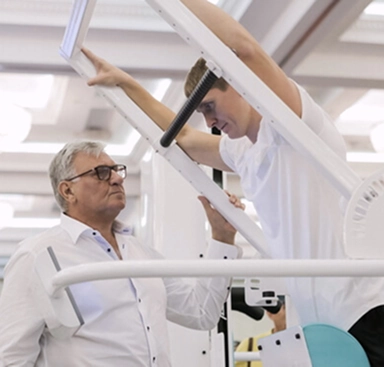
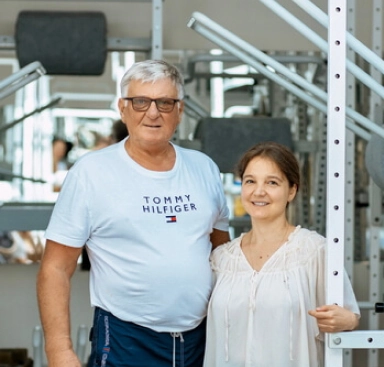
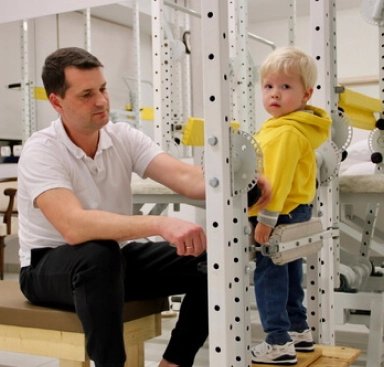
Patient stories

Professor Blum’s Exclusive Rehabilitation System

The center is located in a picturesque corner of the renowned resort town of Marbella, surrounded by cedar trees at the foot of La Concha mountain. Here, science and technology blend with nature, creating a space where the body returns to balance and harmony.
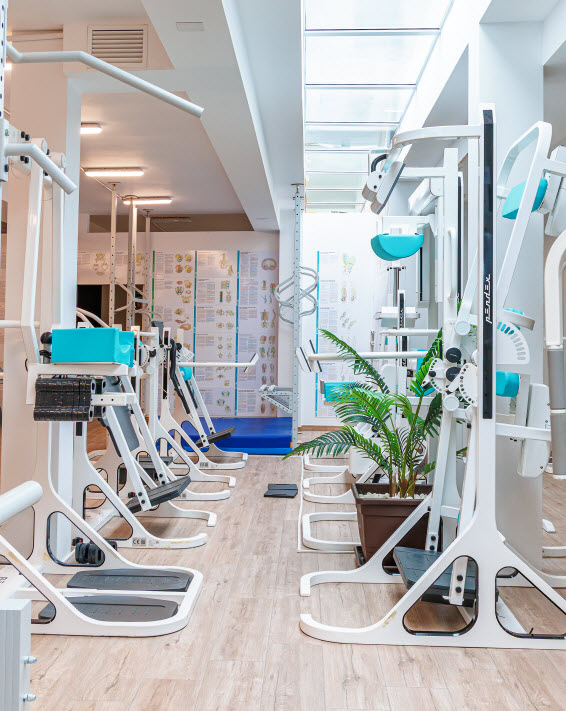
Technologies that deliver results
Select a program
- Personalized Health Recovery Programs
- Disease Prevention
- Customized Check-Up
Q&A
Rehabilitation can start as soon as the newborn’s condition has stabilised and they have been discharged from the hospital. The earlier rehabilitation begins for a child with a birth injury, the better the results. Schedule an online consultation with a doctor from our Centre, and send all discharge notes, medical conclusions, and test results to determine the goals, exact recovery plan, and cost of the course.
Future parents should undergo a full medical check-up 12 months before planning a pregnancy. Complete recovery is necessary, and any chronic conditions should be addressed, especially for the mother, if she has an unfavourable gynaecological history or experienced complicated deliveries in the past.
Yes, prevention requires preparation for childbirth, including: learning about the physiology of pregnancy and childbirth, ensuring the mother’s full health recovery before pregnancy, opting for natural childbirth, preferably vertical delivery, assessing all risk factors right before birth, carefully selecting the doctor and midwife, and minimising any medical interventions when possible.
- Restlessness, disturbed sleep, frequent regurgitation;
- Seizures, muscle tension even at rest;
- Excessively sharp, chaotic, or slowed movements of the baby;
- Unnatural body posture – either too relaxed or, conversely, tense;
- Skull asymmetry, torticollis, facial asymmetry;
- At 3 months, does not hold their head up, does not roll over;
- At 4 months, does not turn their head to sounds, does not reach for toys;
- At 7 months, cannot sit without support, does not crawl;
- At 12 months, does not walk independently;
- Performs all actions with only one hand.
The comprehensive diagnostic approach based on Professor Blum's proprietary method always identifies the root cause of the condition. We separate the cause from the symptoms and focus on eliminating the cause, rather than simply medicating the symptoms. Schedule a consultation with a doctor from our Centre for a detailed assessment and to determine a course of action.
Currently, there are over 300 causes identified for the development of cerebral palsy. Professor Blum always considers the true causes and underlying factors that may either provoke or reduce the risk of the disease. Harmful trends and habits in modern society create conditions where predispositions can develop into disease. In the case of cerebral palsy, some contributing factors include the abandonment of swaddling, lack of breastfeeding, the use of diapers, overprotection (manifested by constantly carrying the child in arms), and the use of distracting devices such as music, lights, and videos. Premature verticalization—when parents push their child to sit or stand before they are ready—can also interfere with the child’s natural, systematic development. We offer online consultations for parents to help prevent risks and guide them through the critical stages of their child's development in the most effective way possible.
At the end of the rehabilitation course, we always provide "homework" – constructive recommendations for care and exercises that help make up for developmental delays at home, carried out by the parents. These exercises support the progress made during rehabilitation and prepare the child for the next course. It is important to understand that the recovery process for a child with cerebral palsy is complex and lengthy.
The duration of the rehabilitation course depends on the severity of cerebral palsy, the patient's age, the presence of complications, and the degree of motor impairment. The greater the developmental delay, the more intensive and prolonged the rehabilitation process. To determine the exact duration and cost, schedule a free online consultation with a doctor from the Centre.
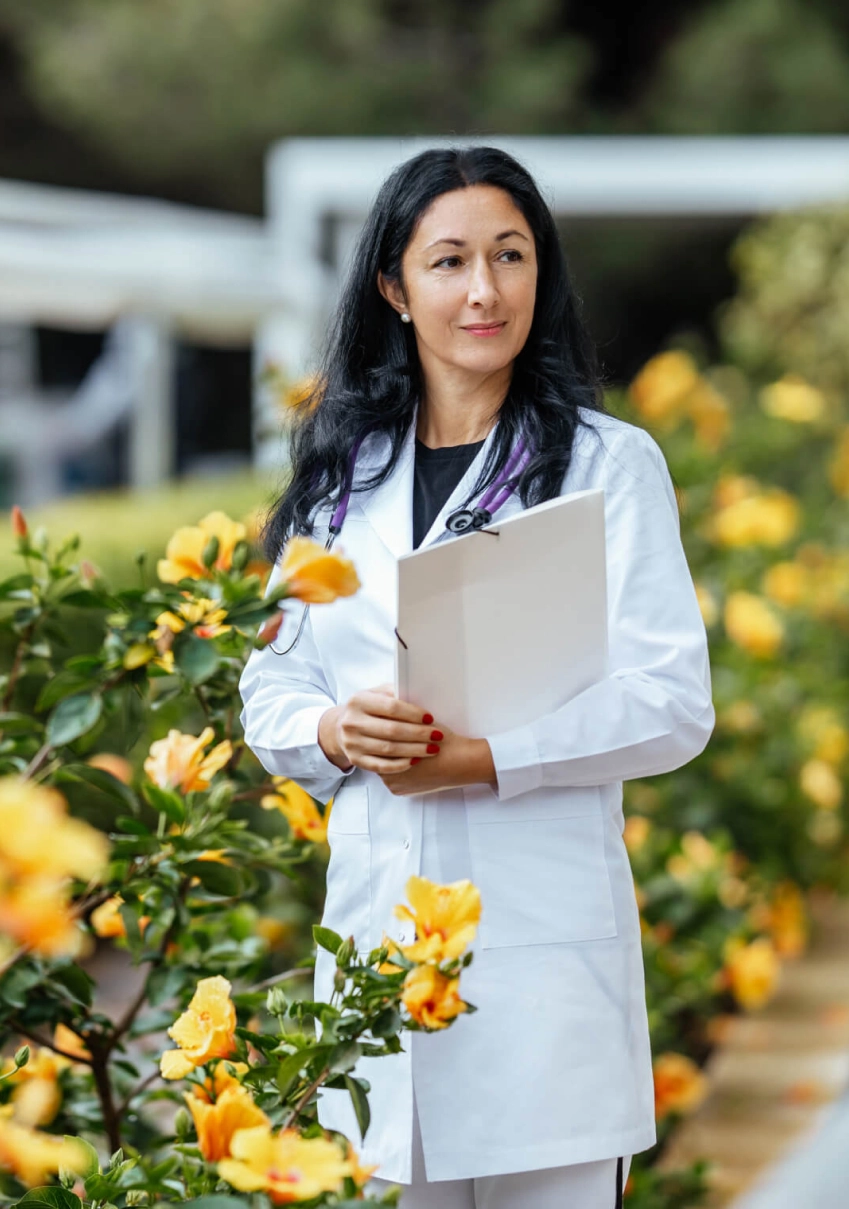
The cost of a course of treatment with a stay in a hotel
- Appointments and consultations
- Creating an individual program
- Conducting personal sessions
- Appointments and consultations
- Creating an individual program
- Conducting personal sessions
Other areas of work of our Center
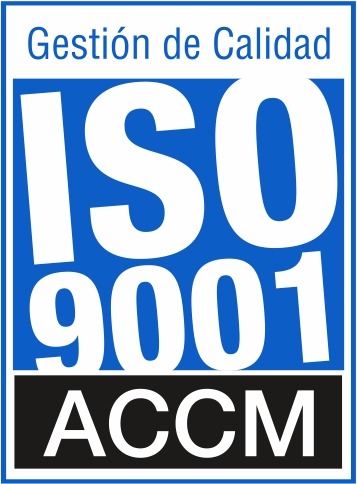






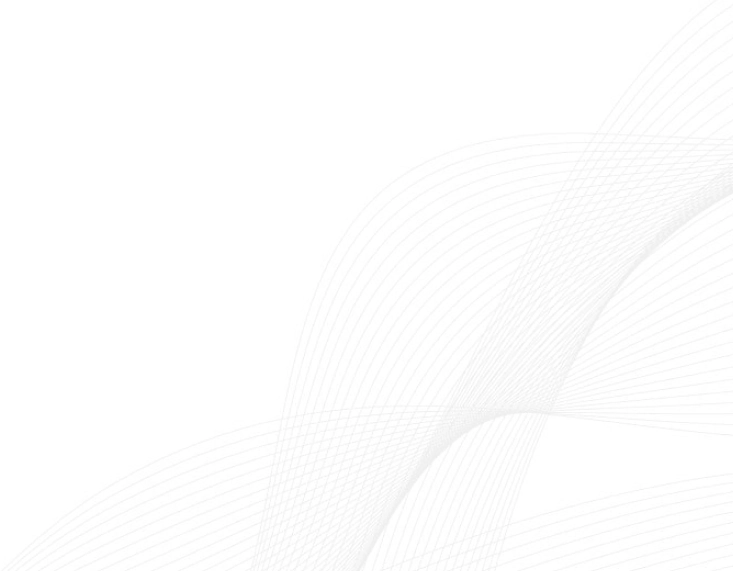
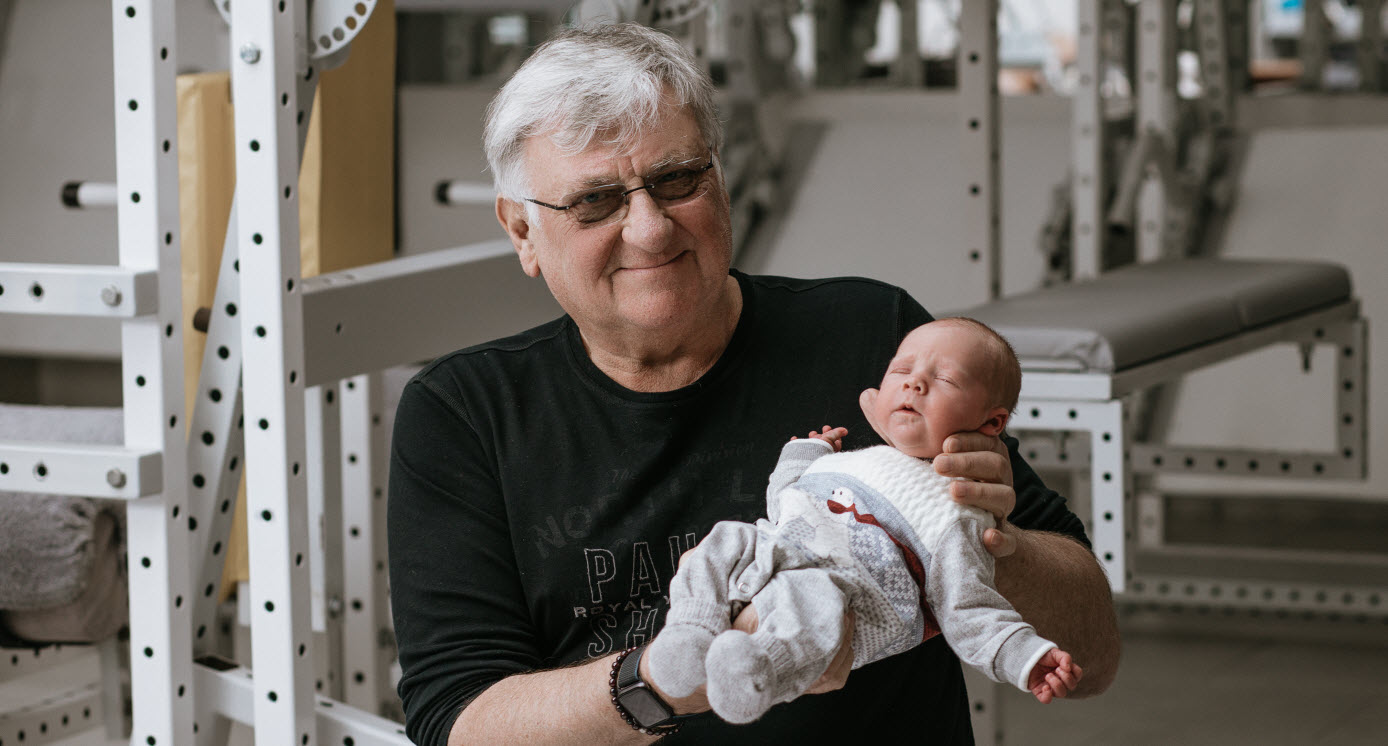





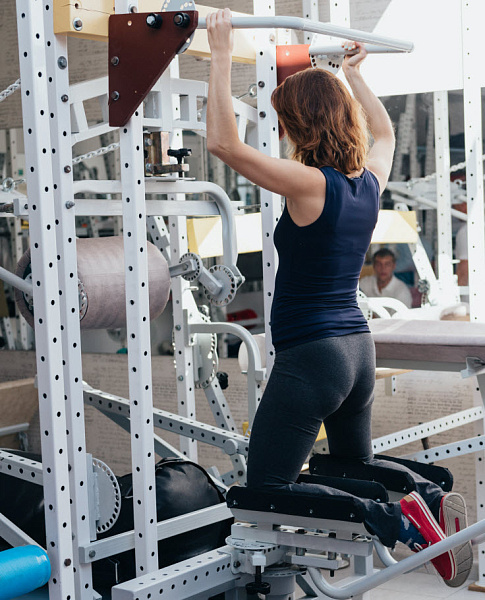
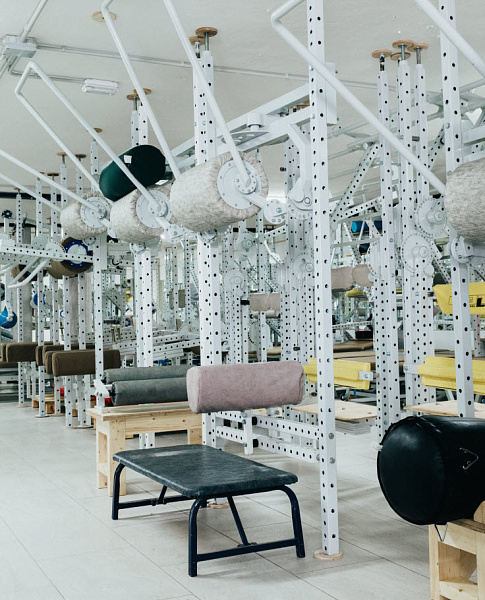

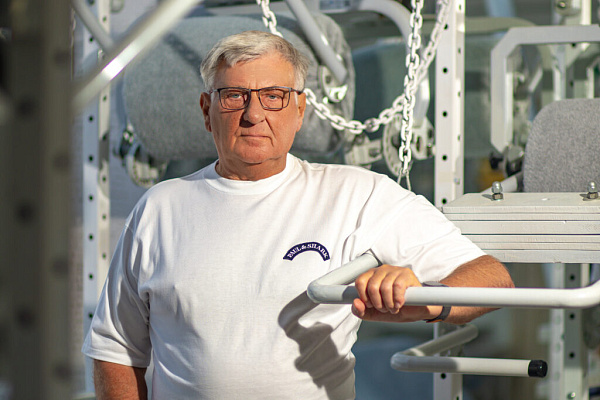
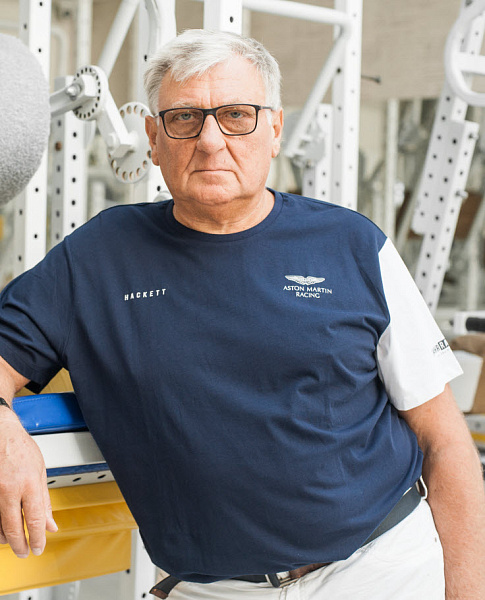
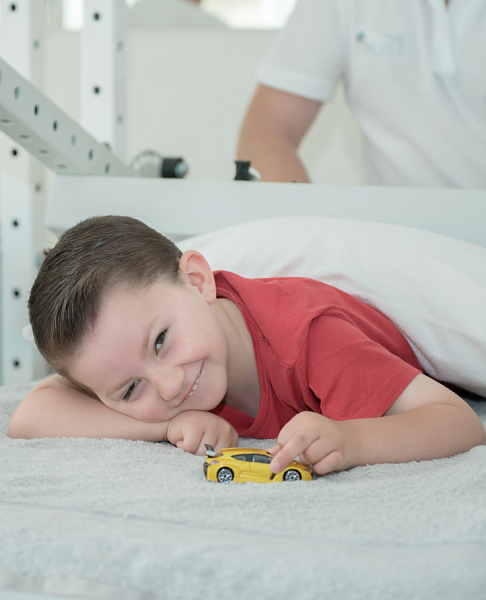
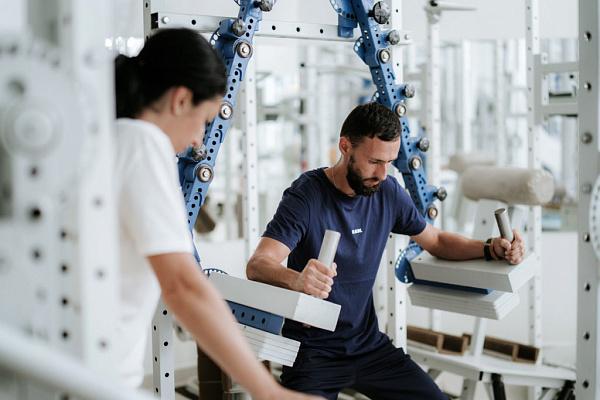
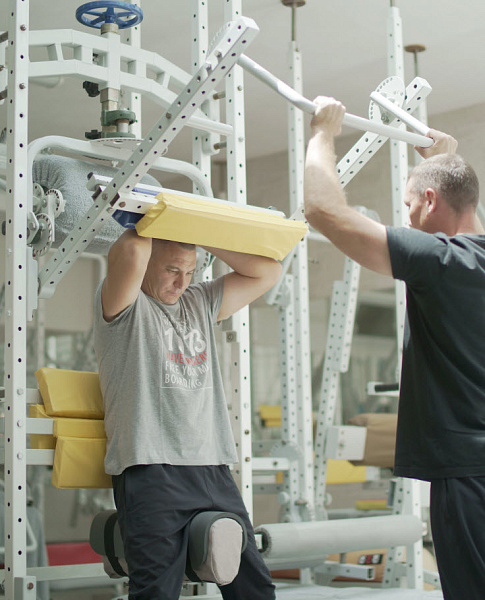
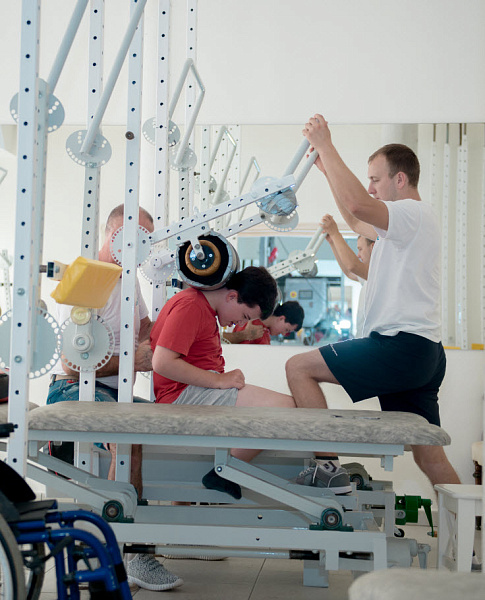
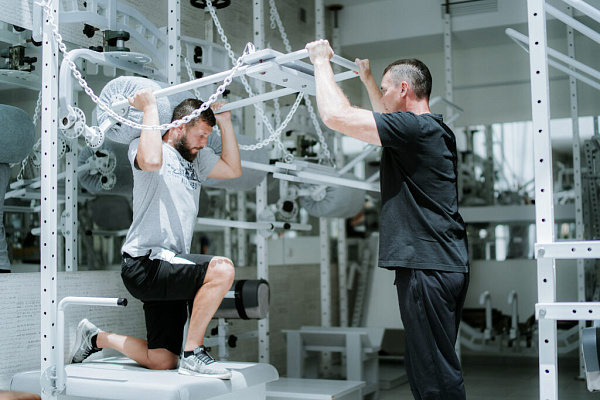
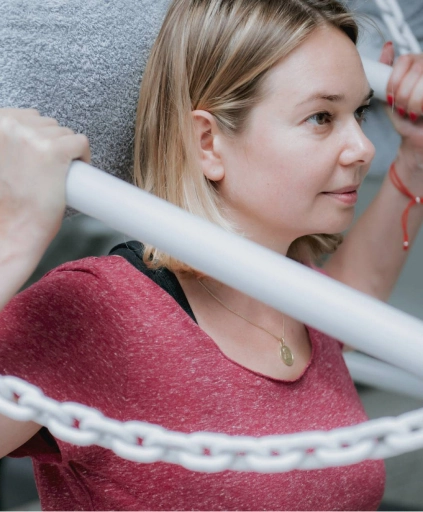
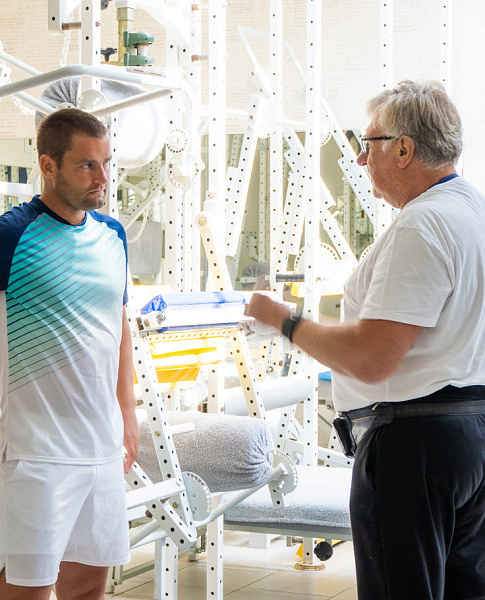

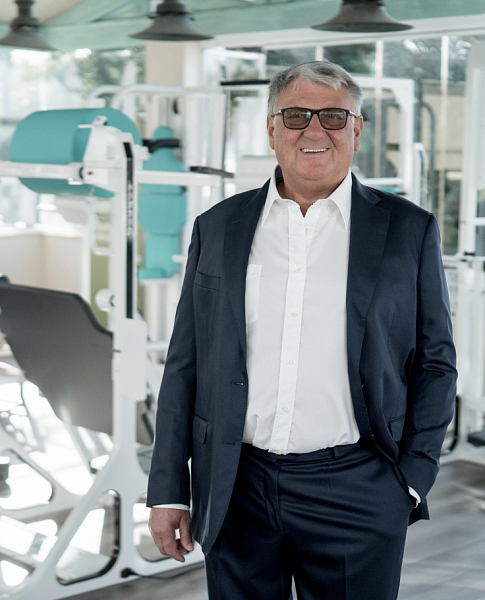

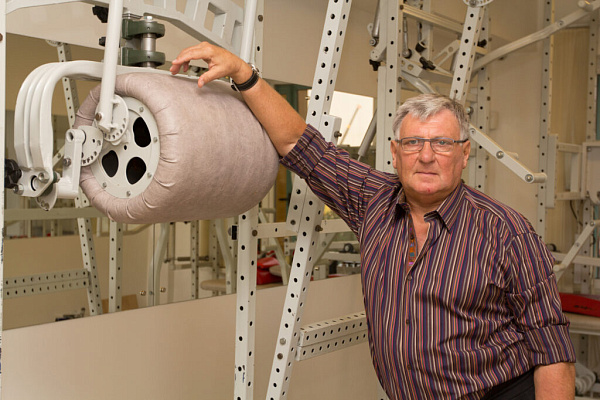
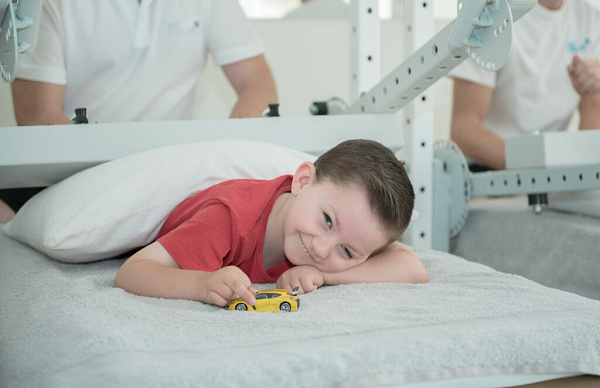
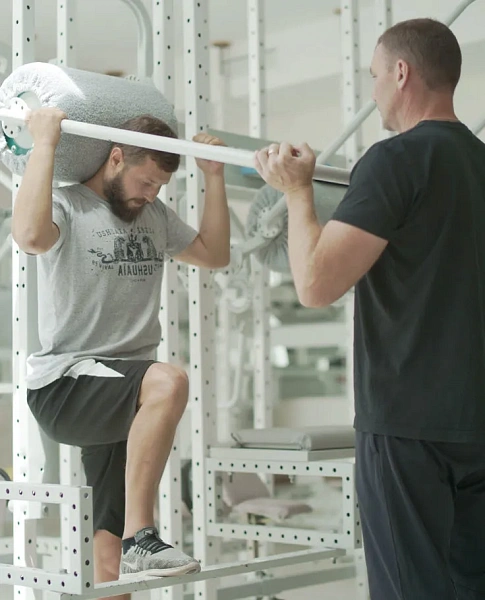
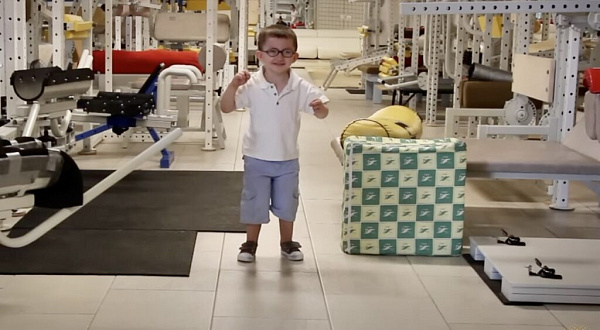
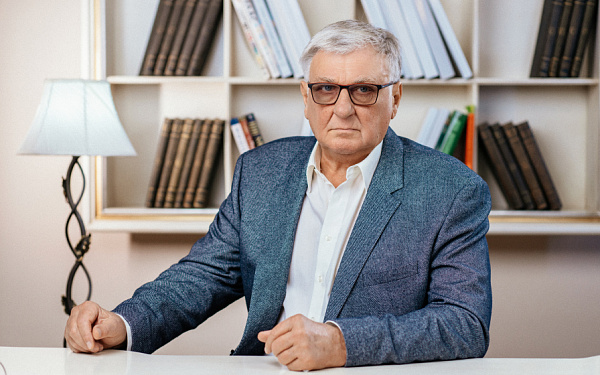
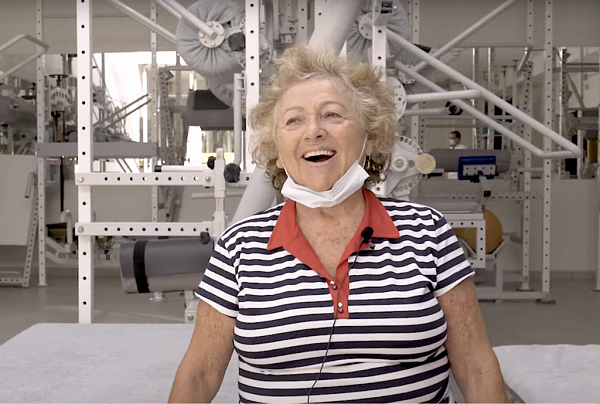

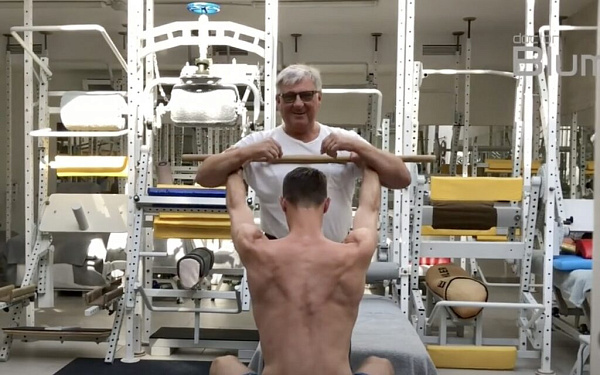
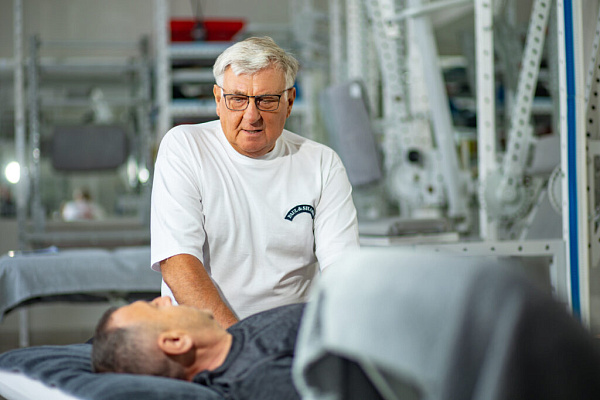

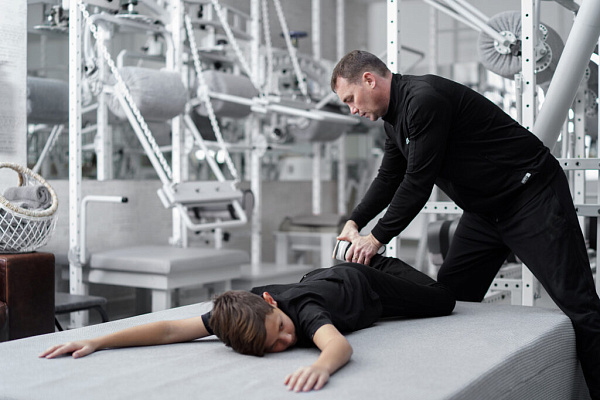

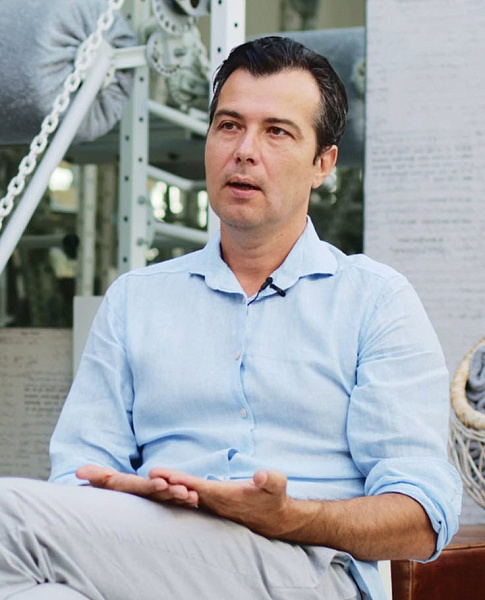
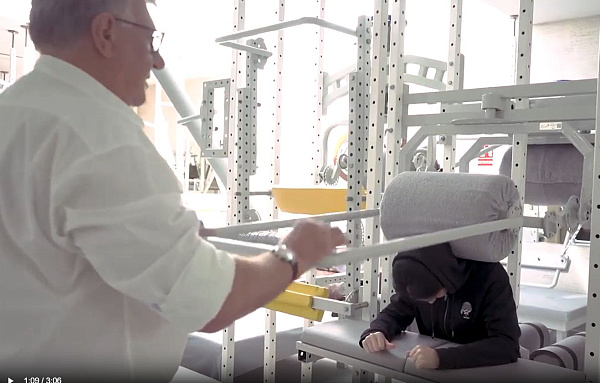
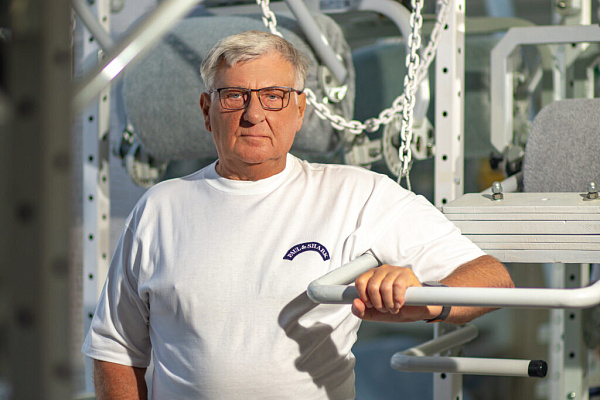
.webp)
